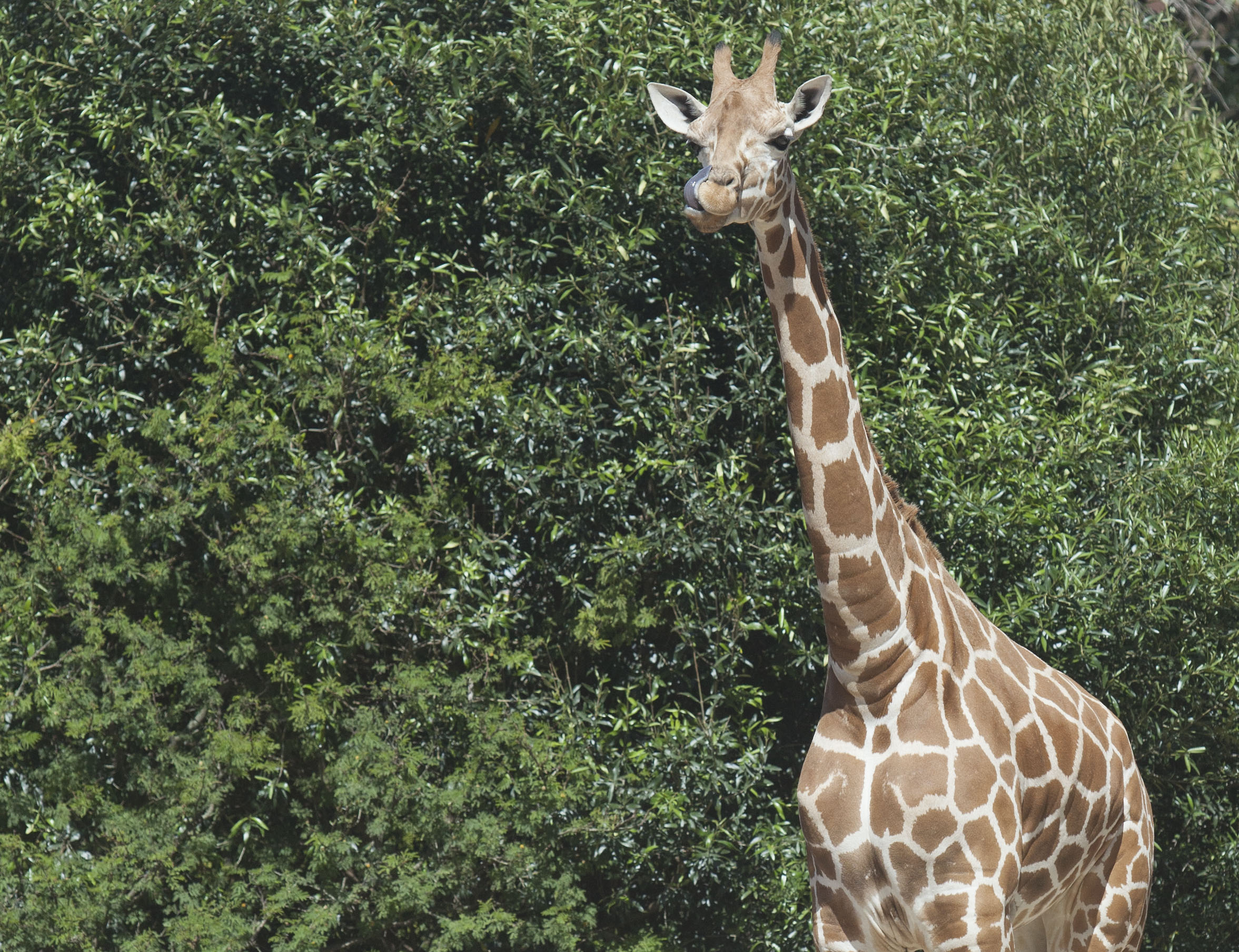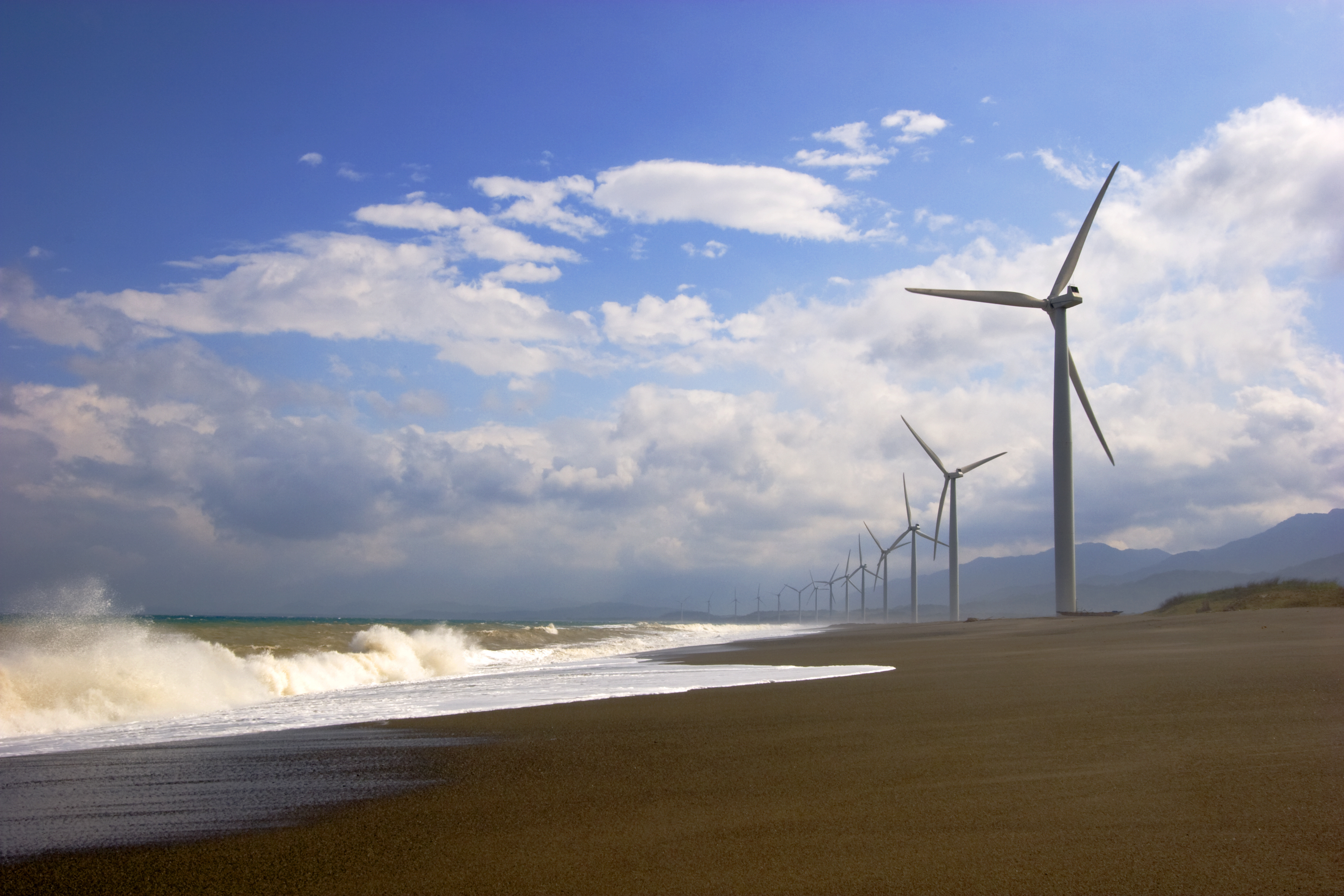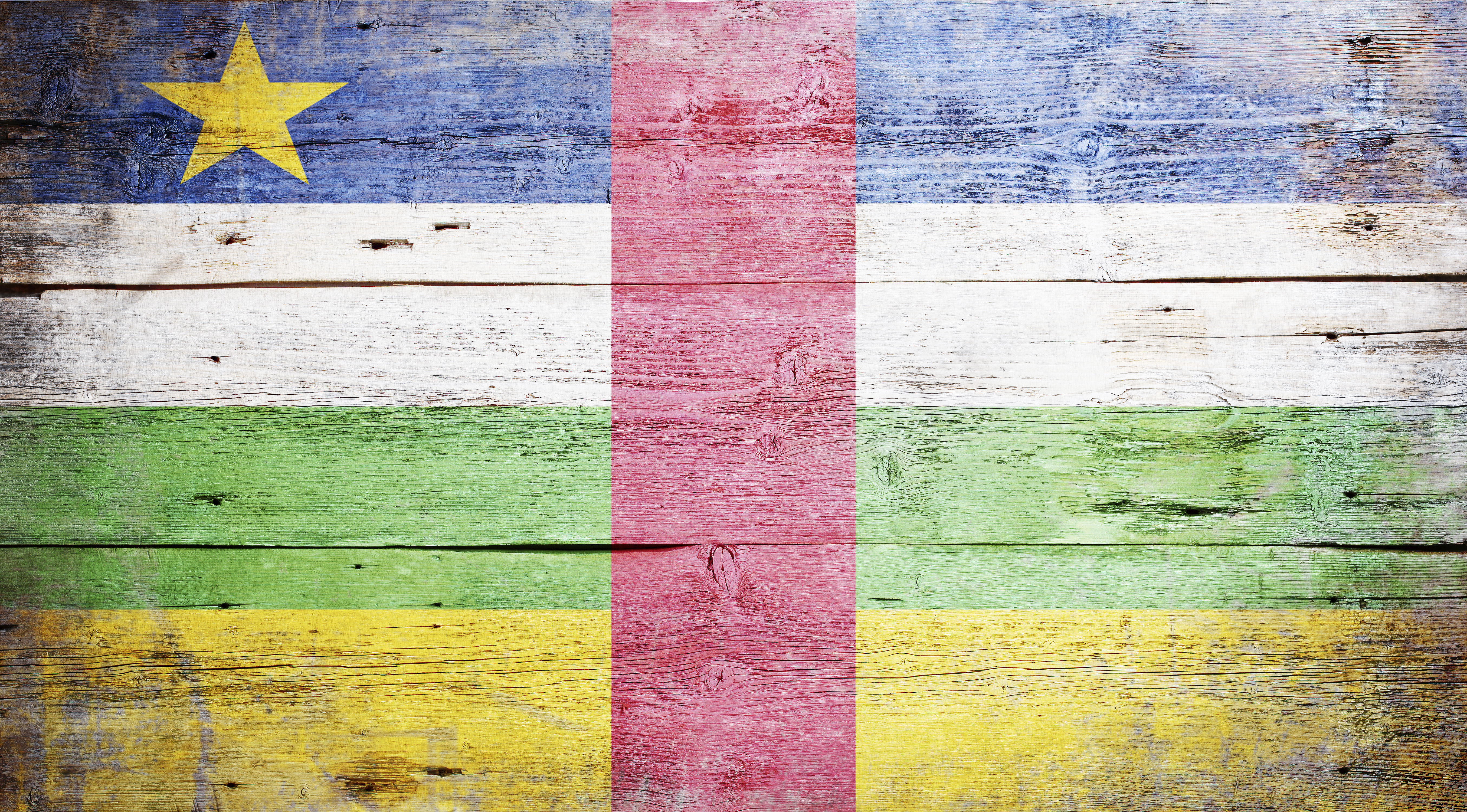About country
 |
 |
Central African Republic
Situated about 805 km north of the equator, the Central African Republic is a landlocked nation bordered by Cameroon, Chad, the Sudan, the Democratic Republic of the Congo, and the Republic of Congo. The Ubangi and the Shari are the largest of many rivers.
From the 16th to 19th century, the people of this region were ravaged by slave traders. The Banda, Baya, Ngbandi, and Azande make up the largest ethnic groups.
 |
 |
The French occupied the region in 1894. As the colony of Ubangi-Shari, what is now the Central African Republic was united with Chad in 1905. In 1910 it was joined with Gabon and the Middle Congo to become French Equatorial Africa. After World War II a rebellion in 1946 forced the French to grant self-government. In 1958 the territory voted to become an autonomous republic within the French Community, and on Aug. 13, 1960, President David Dacko proclaimed the republic’s independence from France.
The Central African Republic’s two official languages are Sangho, a Ngbandi-based creole, and French.
 |
The country is noted for its population of forest elephants and western lowland gorillas. In the north, the Manovo-Gounda St Floris National Parkis well-populated with wildlife, including leopards, lions, and rhinos, and the Bamingui-Bangoran. National Park is located in the northeast of CAR.
Due to consistent flooding, the land is lightly cultivated, and agriculture is mostly at the subsistence level. Diamond and Uranium mining, as well as timber harvesting remain important industries.